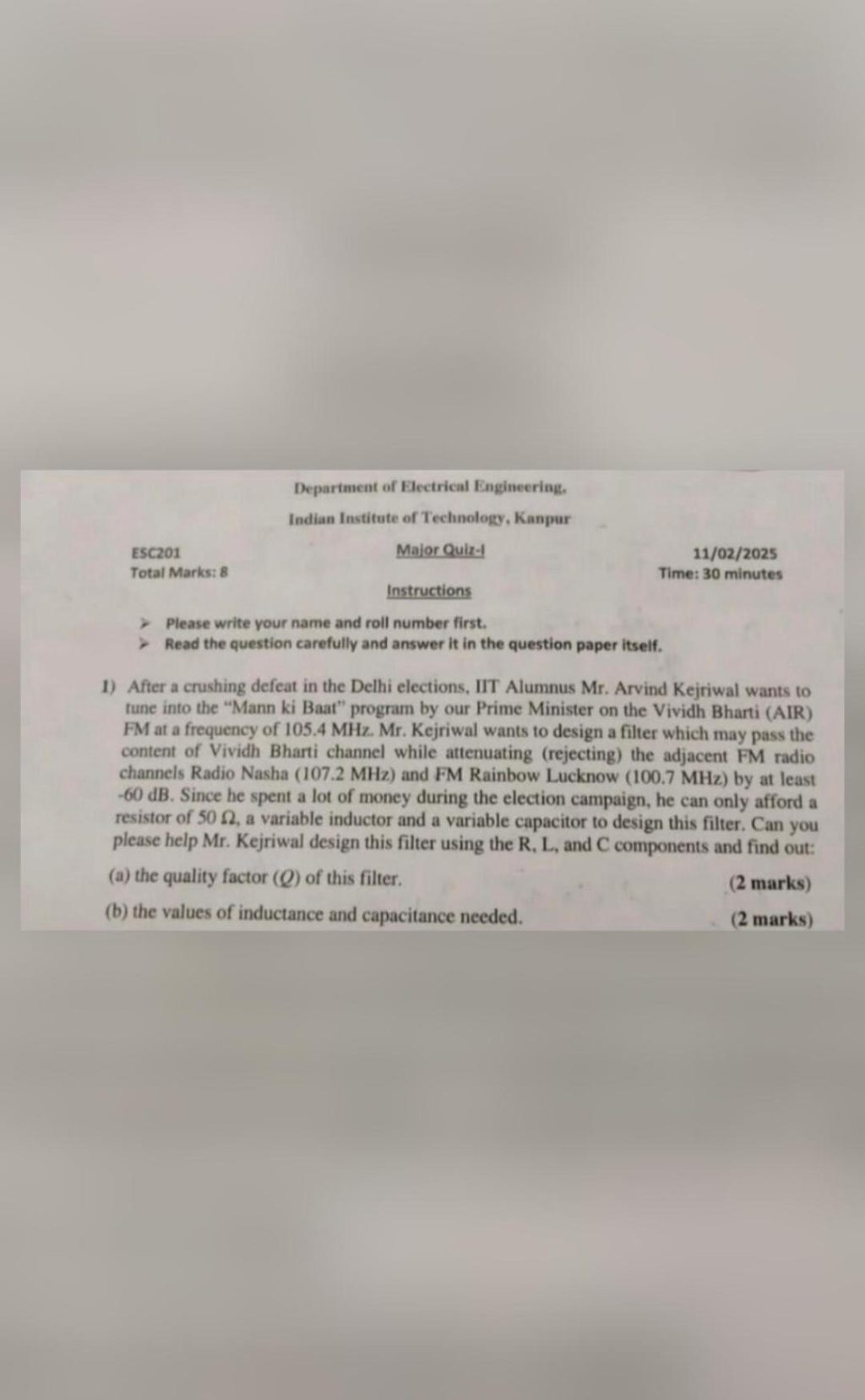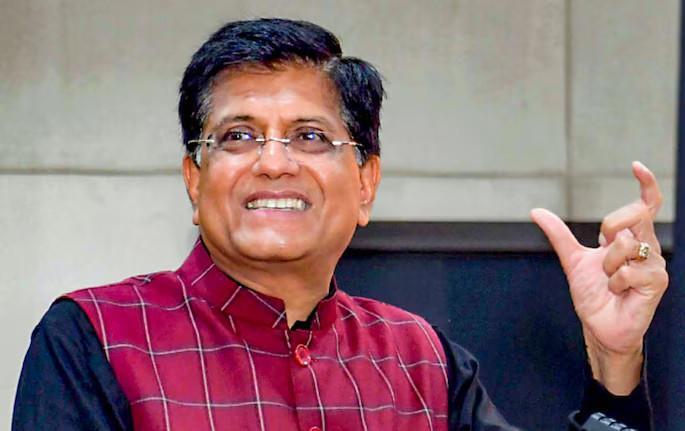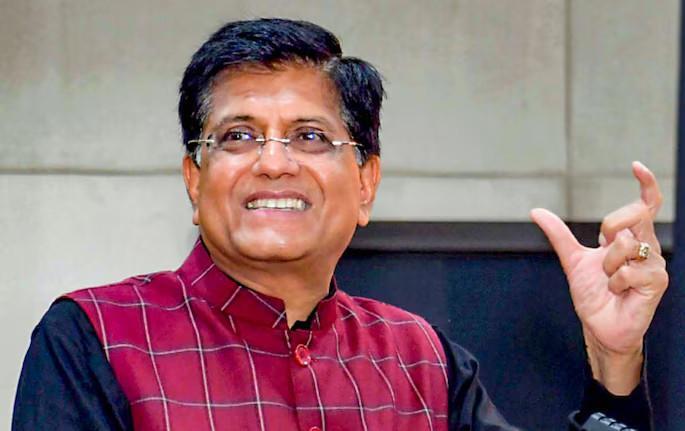
Wanted Exam to be More Engaging: IIT Kanpur on ‘Kejriwal & Mann Ki Baat’ Question
Imagine waking up to the news that a prestigious institution like the Indian Institute of Technology (IIT) Kanpur has designed a question for an examination that has raised eyebrows across the country. The question in question is: “Design a filter for Arvind Kejriwal, the Chief Minister of Delhi, to help him tune into PM Narendra Modi’s ‘Mann Ki Baat’ program after his Delhi poll loss.” This question has gone viral, and people are left wondering what the intention behind it was.
The news has sparked a heated debate on social media, with many questioning the relevance of such a question in an engineering examination. While some have praised the creativity and wit behind the question, others have expressed disappointment and frustration. In this post, we will delve deeper into the story, explore the reasons behind the question, and examine the reaction of the IIT Kanpur authorities.
Background of the Question
The question, designed by a professor at IIT Kanpur, was reportedly part of a semester-end examination for a course on digital signal processing. The professor, who wishes to remain anonymous, has explained that he likes to use references to well-known personalities to make exam questions more engaging. The idea behind the question was to test the students’ understanding of signal processing techniques and their ability to design a filter that can remove unwanted noise from a signal.
The professor has stated that he has been using this approach for several years and has received positive feedback from students. He believes that using real-life examples and references to current events helps to make the subject more relatable and interesting. In this case, the reference to Arvind Kejriwal and ‘Mann Ki Baat’ was intended to make the question more engaging and relevant to the students’ lives.
Reaction of IIT Kanpur Authorities
In a statement, IIT Kanpur confirmed that the question was indeed part of the examination paper. The institute acknowledged that the question may have raised some eyebrows, but emphasized that it was designed to test the students’ technical skills and knowledge.
The institute’s statement read, “IIT Kanpur takes pride in its innovative approach to education. The professor who designed the question has been using this approach to make the subject more engaging and relatable to the students. We believe that this approach has been effective in improving student engagement and motivation.”
IIT Kanpur has also clarified that the question was not intended to be political or to target any individual. The institute has assured that it will continue to use innovative and creative approaches to make its examinations more engaging and relevant to the students.
Impact on Engineering Education
The ‘Kejriwal & Mann Ki Baat’ question has sparked a wider debate on the role of creativity and relevance in engineering education. Many have argued that the question has made the subject more relatable and engaging, while others have criticized it for being too frivolous and lacking in technical merit.
The question has also raised questions about the role of technology in society and the impact of politics on everyday life. It has highlighted the need for engineers to be aware of the social and political context in which they work and the need to design solutions that are relevant to the needs of society.
Conclusion
The ‘Kejriwal & Mann Ki Baat’ question has generated a lot of buzz and has sparked a wider debate on the role of creativity and relevance in engineering education. While some have praised the question for its creativity and wit, others have criticized it for being too frivolous and lacking in technical merit.
The question has also highlighted the need for engineers to be aware of the social and political context in which they work and the need to design solutions that are relevant to the needs of society. As the debate continues, one thing is clear – the ‘Kejriwal & Mann Ki Baat’ question has made engineering education more engaging and relevant to the students.






